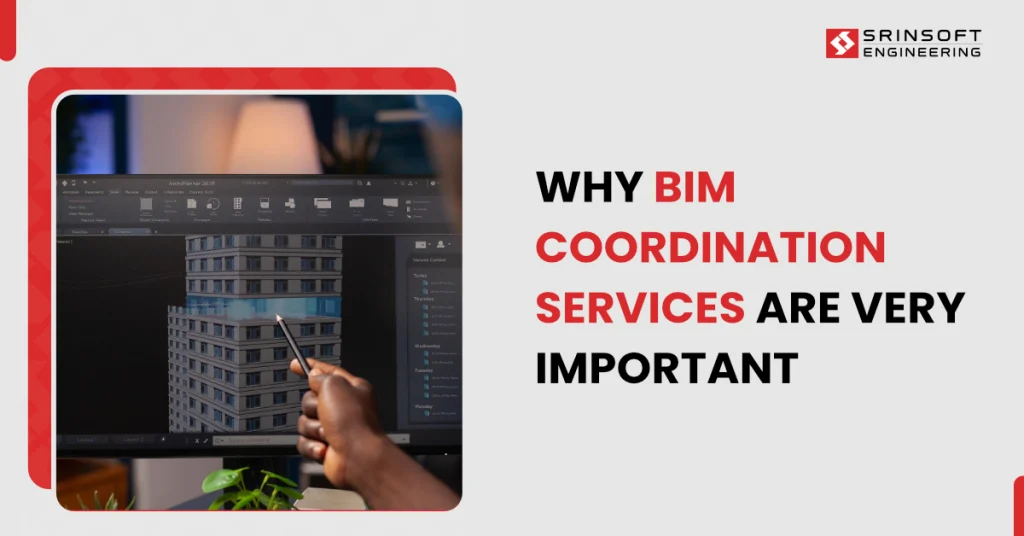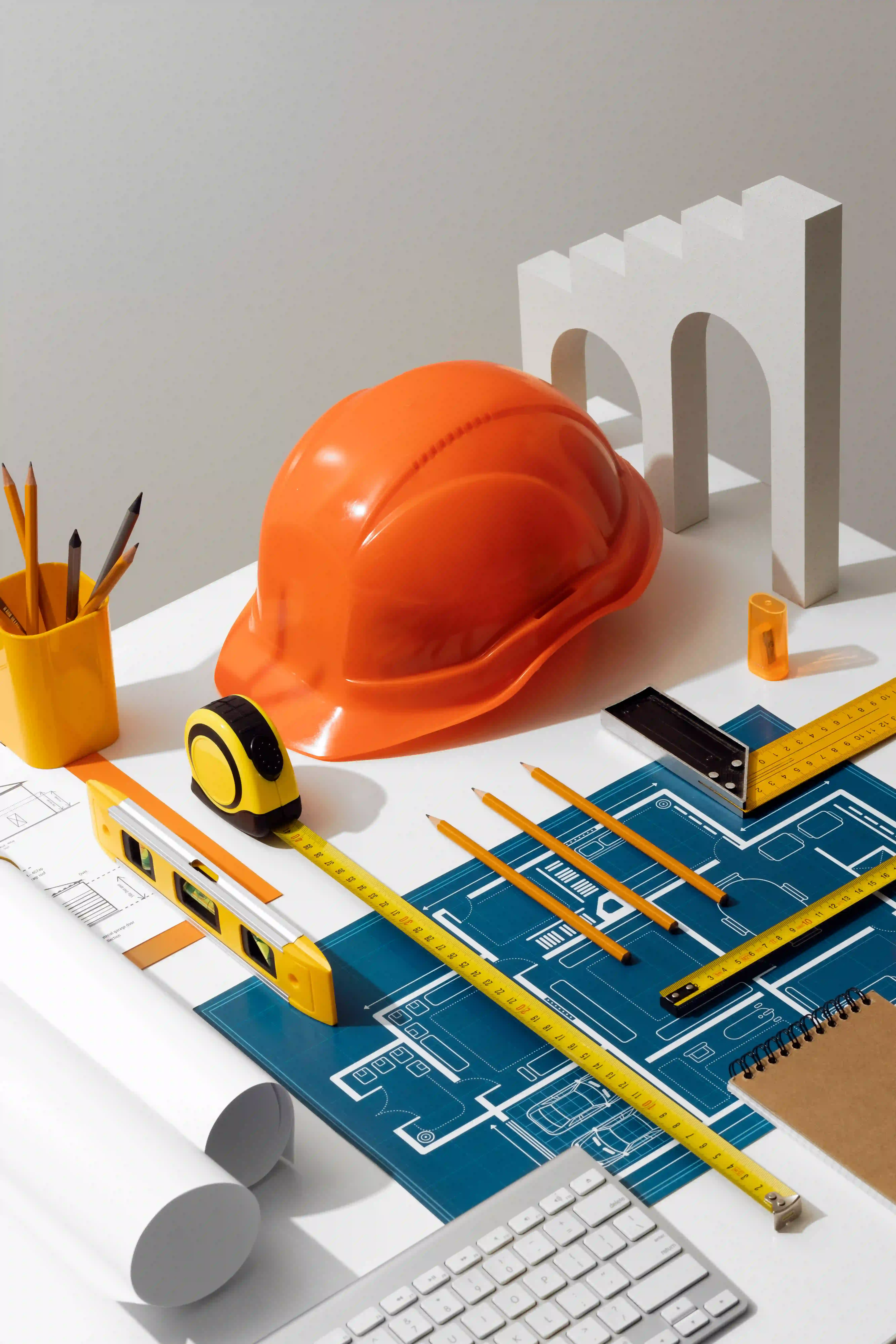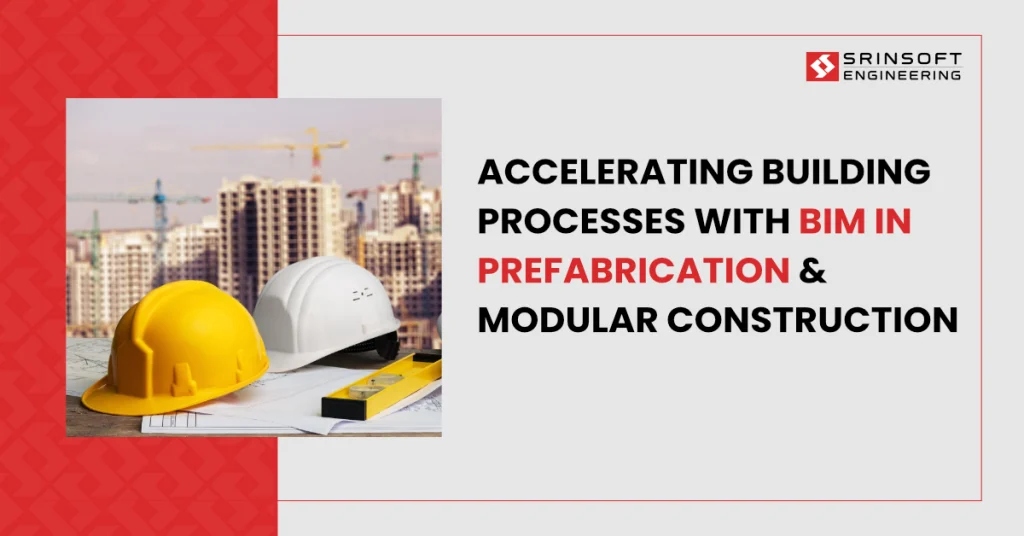
BIM coordination services refer to the collaborative process of using Business Information Modeling (BIM) technology and integrating the various aspects of construction projects.
This service involves the coordination of structural, architectural, and MEP ( Mechanical, Electrical, and plumbing)
It helps to detect the clashes in the early stages of the construction phase and helps in the smoother functioning of the project.
This plays a very important role in enhancing collaboration among the project stakeholders.
Importance of BIM in Modern Construction
In modern construction, the importance of BIM technology is indispensable. BIM is used for enhancing the digital representation of
projects and helps in proper planning, design, and execution.
When planning, design, and execution are clear, the chance of occurring errors is less which leads to a smoother workflow of the projects.
This helps to build a collaborative approach between contractors, architects, and engineers.
Mostly, BIM is an effective tool in the modern construction industry which save huge amount of resources and money.
Significance of BIM Coordination Services
The significance of BIM coordination services lies in the ability to clearly understand the construction project.
BIM coordination services help to improve project efficiency resulting in less error and the completion of projects on time.
In today’s modern world, BIM coordination services act as an indispensable resource in achieving excellence.
Benefits of BIM Coordination Services
1. Enhanced collaboration among stakeholders
For Engineers
BIM coordination service helps engineers to collaborate seamlessly with the architects and contractors.
It helps them to identify the clash detection and ensure the work is done with structural and MEP systems without error.
This service acts as a visualization model for the engineers helping them to allocate the required resources for the project.
For Architects
BIM services help architects to coordinate with multiple disciplines seamlessly. They can able to easily convert the 2D drawing into BIM services which is accessible to stakeholders involved in the project.
For Contractors
BIM services help contractors to reduce preconstruction obstacles. It helps contractors to identify the heavy conflicts when working along with the disciplines.
Some of the issues contractors face:
Clashes during the installation stage
Low team collaboration
Inaccurate CAD drawings require rework
Project delays due to scheduling tools
No project visualization
When implementing BIM services, the contractors are able to reduce the errors occur in the construction site.
2. Improved accuracy and efficiency
Clash detection
Clash detection helps in the process of identifying and resolving the conflicts between designs and elements.
There are chances of clashes when two elements use up the same space.
For eg. A pipe may clash with the beam.
In BIM services, clash detection helps to identify the clashes in the virtual environment between multiple construction models.
It can also help to avoid costly on-site issues.
Error Reduction
The biggest advantage of using BIM services is error reduction.
BIM services can able to identify the error before occurs on the job site as it provides a complete view of the construction project.
When automated, this will allow us to find the error at the early stage which saves a huge amount of money, time, and resources.
Cost Savings
Minimizing Rework
The hardest part of the construction project is rework. This leads to a huge waste of time and added construction costs.
This is a very common issue in construction projects that leads to missing deadlines, huge budgets, and sometimes lead to budget consequences.
When BIM Implemented correctly, the rework can be controlled before the construction starts.
Material Optimization
The environmental-friendly materials are an integral part of the construction project. This helps to build sustainable projects which can exist for a long time.
By implementing the BIM services, the environmental performance of the buildings can be measured based on embodied energy, carbon footprint, and recyclability.
3. Streamlined Project Management
Real-Time project visualization
Real-time projects help to visualize our model as an accurate and 3D rendering visualization.
It is also called Real-time rendering or Architectural rendering. This helps the client to understand how their project will look in the future.
Normally BIM platforms are in 3D, but it is not the people who view this as visualization.
3D visualization is for communicating the designs in a way that makes it more viable before the building exists in the physical sense.
Project timeline Optimization
In today’s fast-paced construction industry, time management is a crucial factor for the success or failure of any project.
The most effective tool for project timeline optimization is BIM.
With the help of BIM, the project timeline can be optimized for easier collaboration, streamlining projects, optimizing the resources, and tracking the progress.
4. Risk mitigation
Business Information Modeling (BIM) is a powerful tool that helps to mitigate the risk in the construction industry.
By providing accurate project information in the BIM, errors, reworks, and cost overruns can be avoided.
Quality assurance and site safety can be maintained at high quality. Risk mitigation in BIM allows the stakeholders to identify the risks before the construction starts.
This will save time and money for the stakeholders which results in the smooth workflow of the projects.
Conclusion
In final, BIM serves as the backbone of any modern construction. The role of BIM in communication, reducing errors, and avoiding risk mitigation helps the project to run successfully.
In the era of sustainability and innovation, BIM cannot be a choice anymore. BIM is essential for success in the construction industry.


